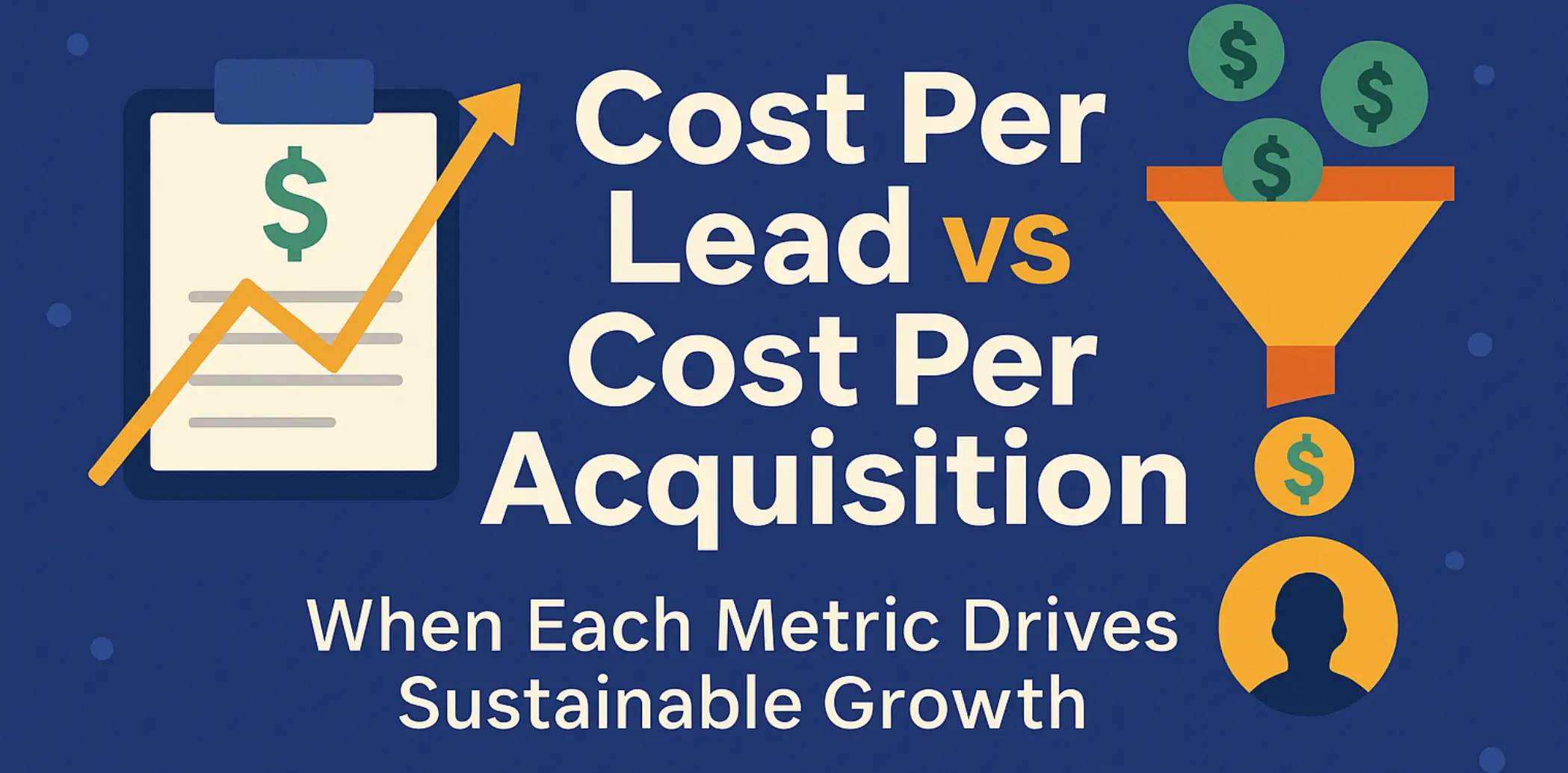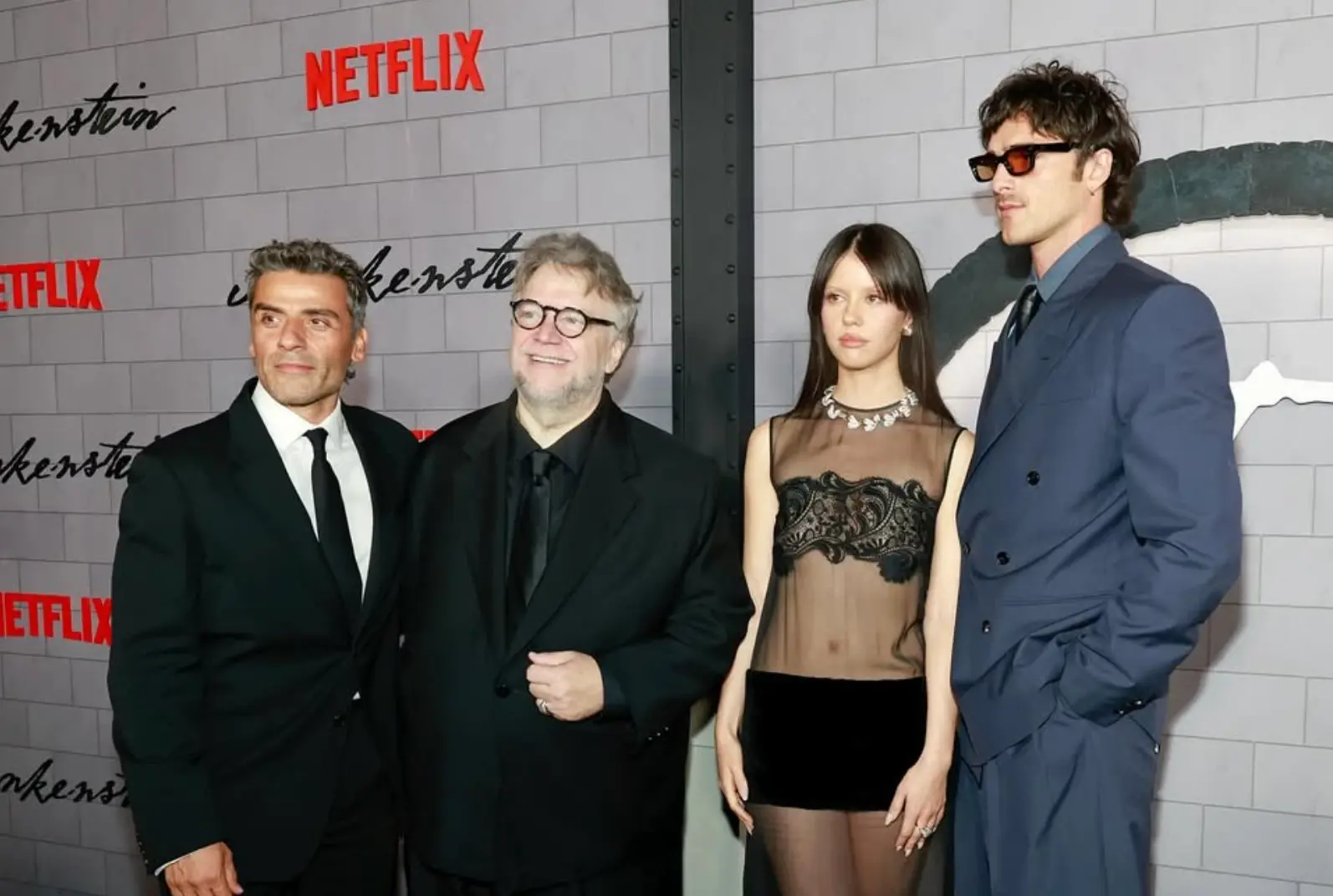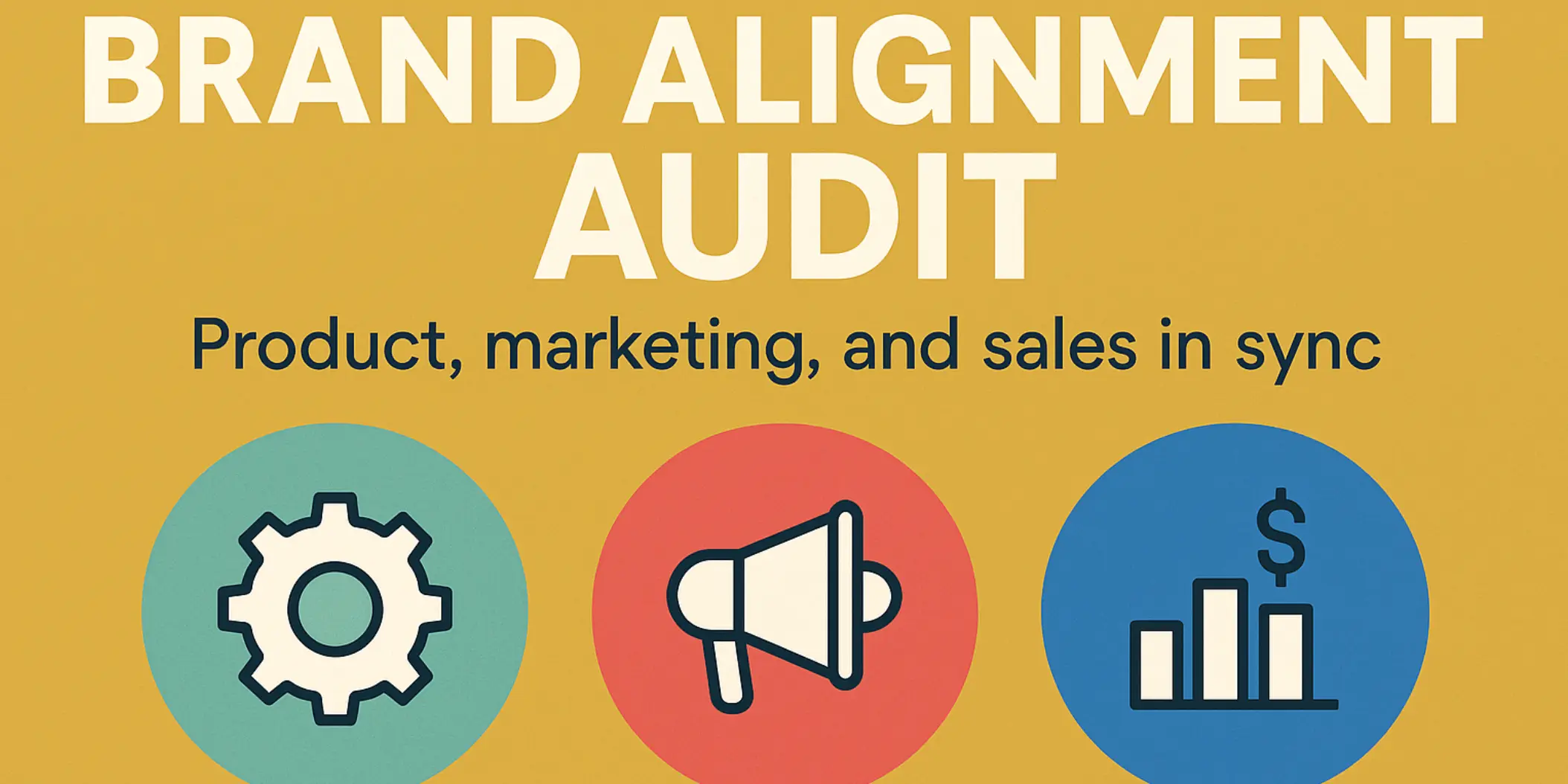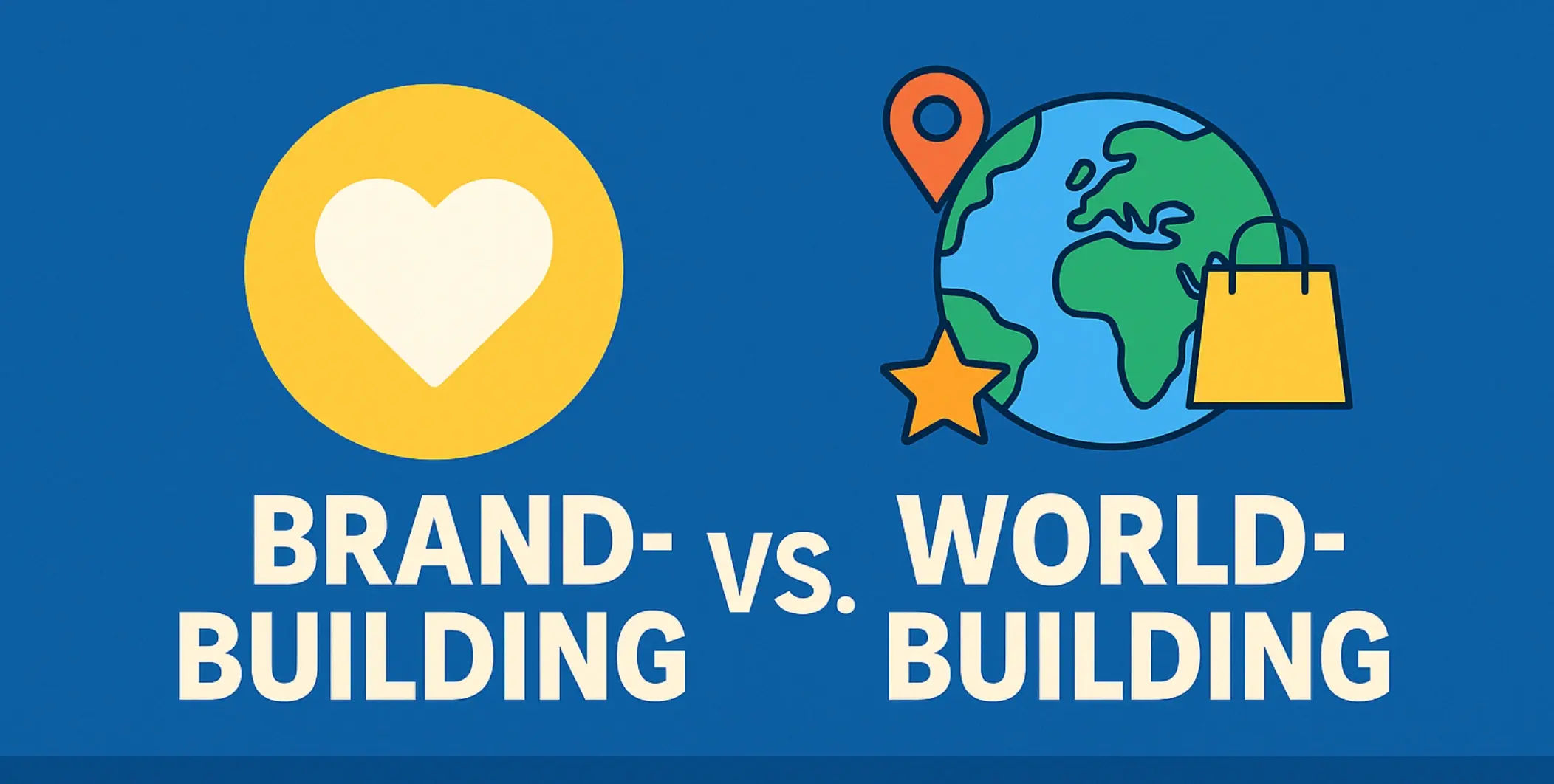10 Types of Brand Identities for Your Business (With Real-World Examples)
Updated on
Published on

Brand identity is the organizing idea people recognize in seconds and remember about your brand forever. Choosing among the most common types of brand identities—Challenger, Pioneer, Heritage, Minimalist, Community-Led, Performance, Humanist, Luxury, Regenerative, and Platform—sets your story, proof, and creative guardrails. Below, we break down 10 key brand identities with examples you know, show how each signals value in the wild, and map the types of brand identities to pick from so you can lock in the one brand identity for your business that will actually compound.
- Use one primary identity, then add a light secondary accent.
- Keep examples handy as “show, don’t tell” proof in decks.
At a Glance of Brand Identities
- Challenger: Break the rules, name the villain, show a simpler, better deal.
- Pioneer: Teach a new category with live demos and clear new benchmarks.
- Heritage: Lead with provenance, craft, and continuity to earn instant trust.
- Minimalist: Remove choices and clutter so value and action are obvious.
- Community-Led: Let users co-create; spotlight rituals, UGC, and meetups.
- Performance: Win on tested results, side-by-side proofs, and reliability.
- Humanist: Tell everyday, emotion-first stories that show real outcomes.
- Luxury/Curated: Signal scarcity and taste with restraint and maker pedigree.
- Regenerative/Responsible: Bake in traceability, repair, and circular programs.
- Platform/Enabler: Empower others with toolkits, APIs, and partner success.
1) The Challenger
The Challenger identity attacks complacency and rewrites category rules with contrast, plain-spoken value, and an against-the-grain tone. It works when buyers are irritated by hidden fees, complexity, or legacy bloat: think T-Mobile flipping carrier norms with “Un-carrier” moves, or Liquid Death reframing “boring water” with unapologetic branding that steals attention on shelves. Challengers win by naming the villain (confusion, fees, waste), dramatizing the fix, and proving the switch is simple. Their assets—colors, copy, packaging—turn up the contrast so the difference is visible at a glance, not buried in footnotes (T-Mobile Un-carrier).
- Signals: side-by-side value frames, fee-free or simpler plans, anti-jargon copy.
- Good fit when incumbents rely on inertia and small print.

2) The Pioneer
The Pioneer brand identity opens a new lane and teaches buyers how to judge it—demo first, promise second. Brands like Dyson turned vacuum specs into gripping engineering narratives, and OpenAI normalized frontier AI by pairing capability launches with simple, public demos. The Pioneer identity requires consistent education loops: name the new metric, show it live, then repeat until the market speaks your language. Vision, founder voice, and proof moments matter more than big-budget polish in early innings (Dyson technology hub).
- Signals: “how it works” storytelling, live demos, new benchmarks.
- Good fit when you’re defining standards, not just outperforming them.
-1.webp)
3) The Heritage
The Heritage identity compounds trust with continuity: origin stories, craft proof, and standards that outlast trends. Rolex anchors precision and durability in decades of consistent codes and icon references, while Levi’s modernizes fit without breaking the 501 mythos. Heritage is powerful when risk or status matter; it reassures by showing an unbroken line from past to present, supported by materials, archives, and expert communities (Rolex history and collections).
- Signals: archival motifs, maker details, provenance and certification.
- Good fit when buyers equate longevity with safety or prestige.

4) The Minimalist
Minimalist brand identities remove cognitive load so buyers act faster—fewer choices, crisp copy, legible type, and generous space. Apple turned product pages into calm, high-signal canvases, and Stripe made complex payments feel approachable with focused docs and simple UI. Minimalism is not about being plain; it is about elevating what matters and stripping everything else so momentum never stalls (Apple design and product pages).
- Signals: short headlines, obvious CTAs, low option count.
- Good fit when confusion or fear of mistakes blocks conversion.
5) The Community-Led
Community-Led identities make users the protagonists and product the stagehand. LEGO Ideas lets fans co-create sets, Notion scales via ambassadors and templates, and Glossier mined comments into products. Community-Led brands design rails—prompts, rituals, remixable formats—so the crowd can perform in-brand. The job of marketing becomes choreography: spotlight the best, feed the loop, keep it safe (LEGO Ideas platform).
- Signals: UGC frameworks, creator kits, meetups and rituals.
- Good fit when advocacy and creativity are native to your category.

6) The Performance
Performance brand identities compete on measurable superiority: faster, stronger, longer-lasting. Gatorade anchors in sports science and athlete validation, AMD Ryzen publishes benchmarks, Bose demos specs you can hear. The identity depends on tests, trials, and before/after proof that a layperson can understand, not just lab PDFs. Performance wins the rational brain and then earns repeat with reliability (Gatorade Sports Science Institute).
- Signals: verified metrics, pro endorsements, side-by-side demos.
- Good fit when outcomes are comparable and stakes are high.
.webp)
7) The Humanist
The Humanist identity leads with lived outcomes over features—warmth, empathy, and everyday wins. Dove grew by reframing beauty with real people, and Airbnb trades in belonging rather than bed counts. Humanist brands speak in human cadence, keep UI in frame but not in focus, and let stories resolve to meaning, not menus. When product parity is high, feeling often decides; Humanist anchors that feeling with consistency (Dove Real Beauty hub).
- Signals: inclusive casting, intimate moments, observational copy.
- Good fit when emotion and self-image shape the buy.

8) The Luxury / Curated
Luxury and Curated brand identities trade in scarcity, craft, and cultural selection. Hermès makes process the product; Aesop turns restraint into sensuality; Bang & Olufsen fuses design lineage with sound. The brand signals slow decisions and deep materials with quiet layouts, tactile words, and disciplined rarity—where price and patience are part of the pleasure (Hermès maison).
- Signals: limited editions, maker pedigree, boutiques over blast.
- Good fit when status, craft, or taste are the value.
9) The Regenerative / Responsible
Regenerative brands embed stewardship into value—traceability, repair, circular flows—so doing the right thing is the default, not an add-on. Patagonia turned anti-consumption into loyalty and resell into a moat, while Allbirds labeled carbon to make footprints legible. The identity works when claims are verified, numbers are public, and programs are easy to join or see, not just “green” headlines (Patagonia Worn Wear).
- Signals: lifecycle programs, verified metrics, supplier transparency.
- Good fit when buyers care about impact and durability.

10) The Platform / Enabler
Platform brands win by helping others win—toolkits, APIs, marketplaces, and ecosystem economics. Shopify equips merchants end-to-end, YouTube powers the creator economy, Unity provides engines for game worlds. The narrative is “build with us,” backed by docs, revenue programs, and co-marketing that showcases partners as heroes. Platform identity compounds because each success story recruits the next (Shopify for merchants).
- Signals: partner spotlights, templates, revenue share, open docs.
- Good fit when network effects and third-party value drive growth.
-1.webp)
FAQ
What are the main types of brand identities?
Common types of brand identities include Challenger, Pioneer, Heritage, Minimalist, Community-Led, Performance, Humanist, Luxury, Regenerative, and Platform. Each sets different proof mechanics and tone.
Can I mix identities?
Yes—pick one primary identity and a light secondary. For example, Performance + Humanist (measurable wins told with heart) or Platform + Community-Led (tooling plus rituals). Mixing too many dilutes recall.
How do I choose brand identities for your business?
Start with the tension your buyer feels. If confusion rules, go Minimalist. If incumbents exploit inertia, go Challenger. If you’re inventing a category, go Pioneer. Align your proofs and assets accordingly.
Do identities change as companies grow?
Often. Pioneers drift to Performance once benchmarks exist; Community-Led brands formalize Platform rails as ecosystems mature; Heritage firms can refresh through Humanist storytelling without losing trust.
Turn Identity Into Advantage
Identity is a strategic promise you prove on repeat. Use these key brand identities with examples to pick the stance that fits your category tension and strengths. Then commit to the proofs, assets, and rituals that make it unmistakable—so your brand identities for your business compound into memory and market share.







